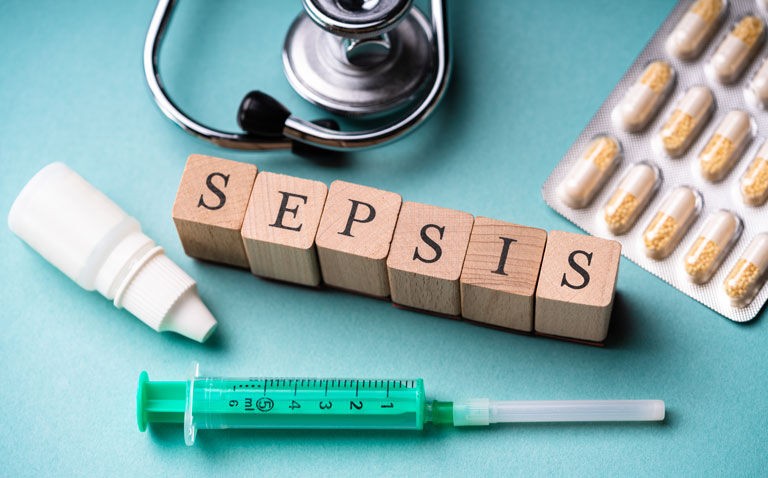A study suggests that calprotectin could be a useful biomarker for identifying sepsis patients who require intensive care transfer from ED
A prospective study by researchers at the Karolinska University Hospital, Stockholm, Sweden, has revealed that elevated plasma calprotectin levels was superior to other biomarkers for the identification of emergency department (ED) patients with sepsis who required urgent transfer to either an intensive care (ICU) or high dependency unit (HDU).
In data for 2017, it was reported that globally, there were an estimated 48.9 million incident cases of sepsis and which led to 11 million deaths. Moreover, it is also recognised that the early detection of sepsis results in greater patient survival. Calprotectin is a protein present in the cytoplasm of neutrophils and levels have been found to increase early in response to a bacterial challenge and in fact, other work demonstrates how serum calprotectin levels are a reliable biomarker in patients with bacterial sepsis. Nevertheless, while measurement of serum calprotectin levels is of value in sepsis, whether the biomarker serves to identify ED sepsis patients who required direct transfer to an ICU or HDU is less clear.
In the current study, the Swedish team turned to patients ED patients identified as likely to have sepsis based on an alert system used within the department, i.e., those with signs of organ dysfunction and symptoms of infection. Among such patients, blood samples were analysed for several biomarkers including C-reactive protein, procalcitonin, neutrophils, lymphocytes and calprotectin which was analysed from frozen plasma samples. The researchers set the primary outcome as direct transfer to an ICU or HDU from the ED, based on the decision of the multidisciplinary team.
Calprotectin levels and ED to ICU transfer
Among a total of 319 patients with a median age of between 71 and 73 (37.5% female) identified with an infection, 26% were immediately transferred to either ICU or HDU and the remainder to a hospital ward.
The overall median calprotectin level was 2.2 mg/L (IQR 1.2 – 3.9 mg/L) for all infected patients but was significantly higher (3.3 vs 2.1, p = 0.0001) among those transferred to either an ICU or HDU compared to a ward.
Using the receiver operating characteristic curve analysis, calprotectin had the highest area under the curve (AUC) at 0.65 compared to C-reactive protein (AUC = 0.55), procalcitonin (AUC = 0.46) and the neutrophil-lymphocyte ratio (AUC = 0.47).
A cut-off value for calprotectin of 4.0 mg/L, gave the best combination of sensitivity (42.5%) and specificity (83%) for the transfer to the ICU/HDU among patients with infection.
The authors concluded that among sepsis alert patients, plasma calprotectin was significantly elevated in patients requiring immediate transfer to ICU or HDU and proved to be superior to other biomarkers for the prediction of such transfers.
Citation
Parke A et al. Plasma calprotectin as an indicator of need of transfer to intensive care in patients with suspected sepsis at the emergency department BMC Emerg Med 2023










